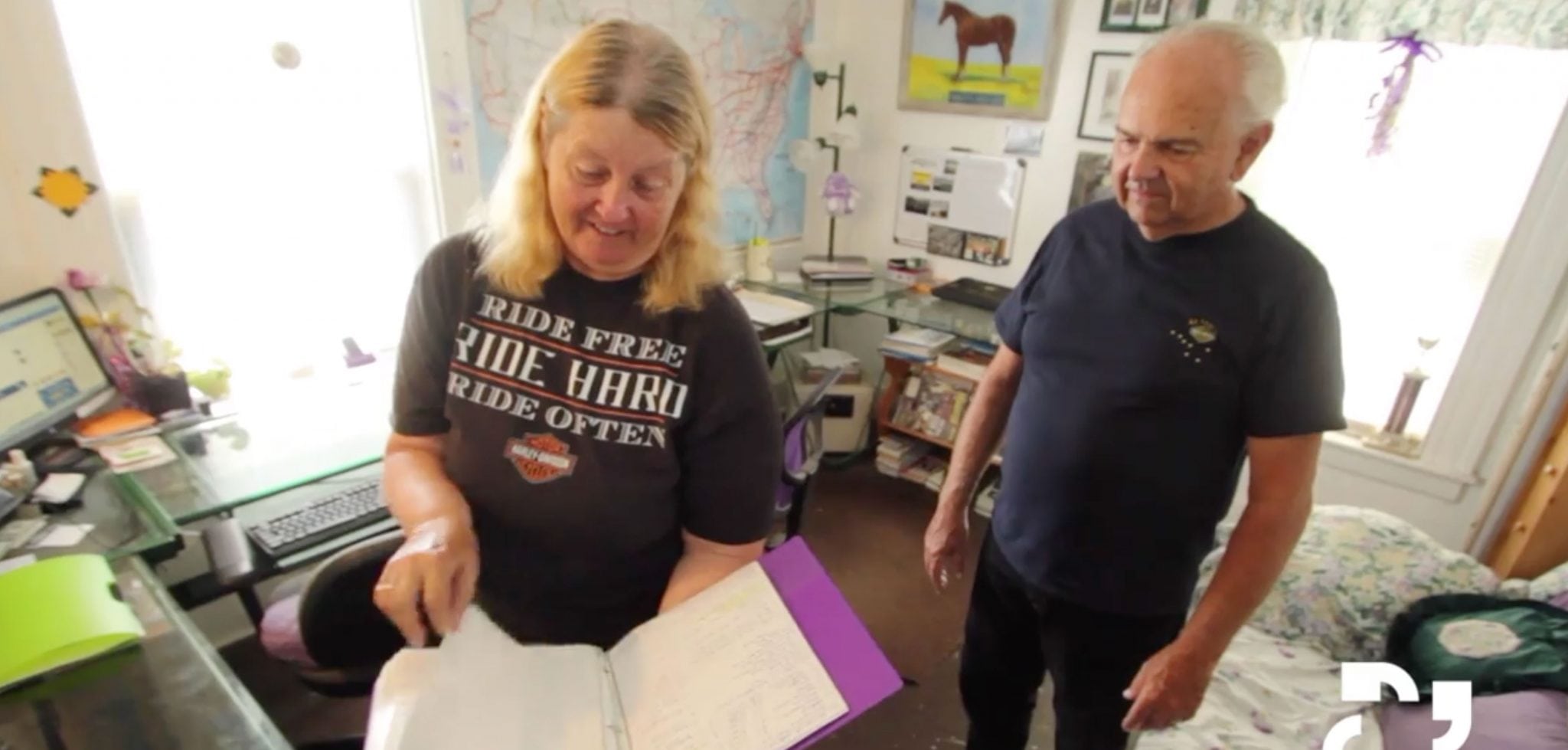<< Back
TAVR Procedure Puts Putnam Couple Back on the Road

September 17, 2018
Download your free informational guide on the TAVR procedure.
Most days you’ll find Ken Corey of Putnam, and his wife, Donna, on the motorcycle. In 2018, they’ve covered over 6,000 miles of U. S. highways and by-ways in their quest to cross another spot off their “bike-it” list.
Whatever you do, do NOT call it a bucket list.
“What do you do when you finish with the bucket list? You kick the bucket,” said Donna Corey. “We have no desire to kick the bucket anytime soon.”
But not long ago, Ken didn’t have the energy for long trips. He hardly had the energy to walk the driveway. Around Christmas 2017, he noticed that he struggled doing simple tasks that he never been a problem before, such as shoveling snow.
Download your free informational guide on the TAVR procedure.
“I knew something was wrong because I was short of breath,” he said.
It was enough of a concern that Ken sought medical attention. He was diagnosed with severe aortic stenosis, a hardening of the aortic valve. He was facing the prospect of having that valve replaced, but that requires open heart surgery, which can be daunting.
But then, Donna heard about a procedure called TAVR.
“Something came across the computer about Hartford Hospital being one of the only hospitals that was doing this new procedure (to treat his condition),” she said.
Transcatheter Aortic Valve Replacement, or TAVR, was approved in 2011 by the Food and Drug Administration for patients too frail for open-heart surgery. Most patients with severe aortic stenosis are typically males in their 70s or older.
After encouraging results in studies of intermediate-risk patients, the Heart & Vascular Institute at Hartford Hospital is now one of 35 hospitals nationwide participating in a study that allows TAVR for low-risk patients – patients like Ken Corey.
Ken underwent the procedure as part of this clinical study – and just one day shy of his 48th wedding anniversary. Like many TAVR patients, his recovery was quick compared to patients undergoing traditional valve replacement surgery, for whom recovery can be three months or longer.
“We came home and was walking on the treadmill and by the end of the week,” Ken said. “I was doing six to seven miles a day.”
Soon, he and Donna were back on their bike exploring locations previously unvisited as part of their “bike-it” list quest.
Download your free informational guide on the TAVR procedure.